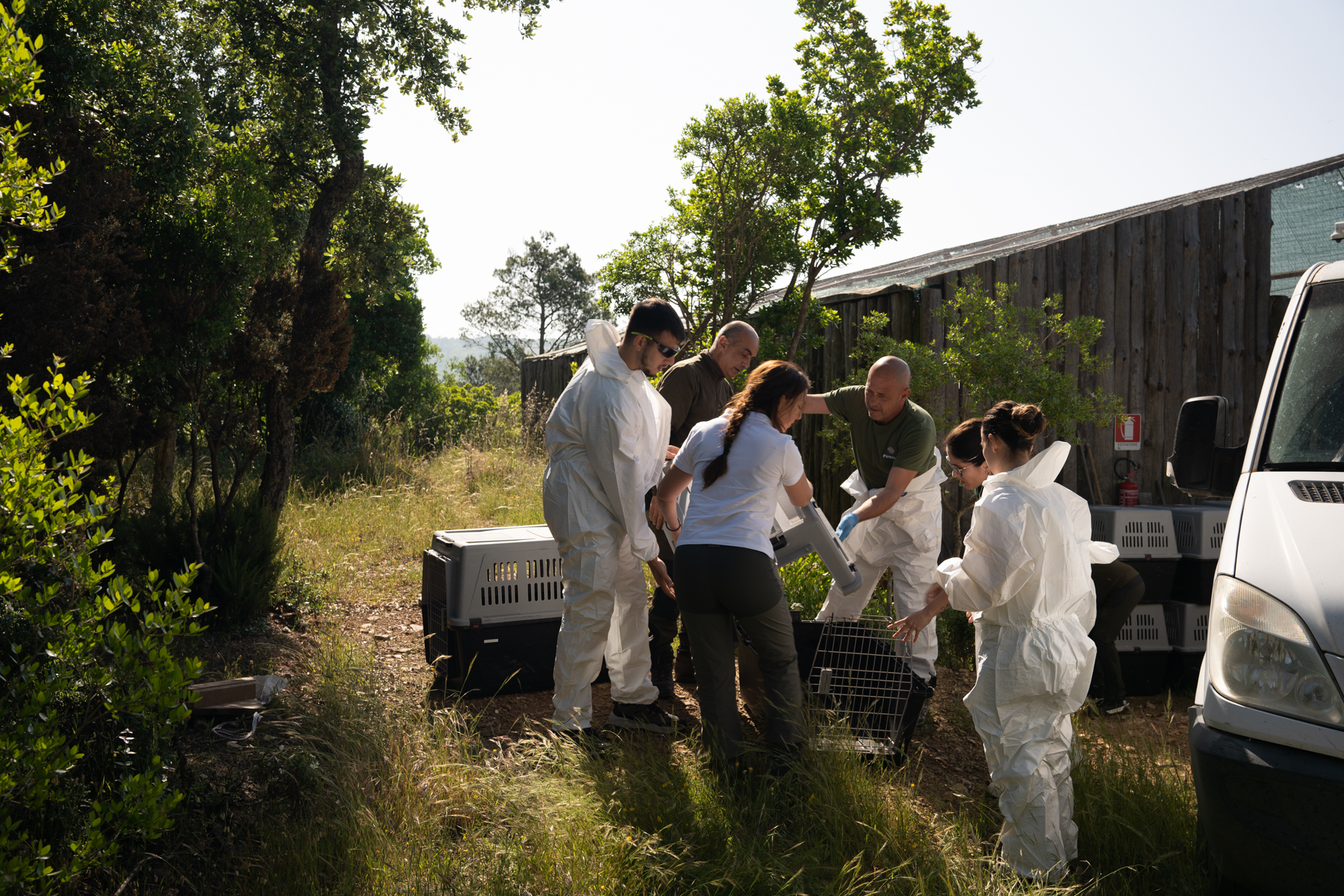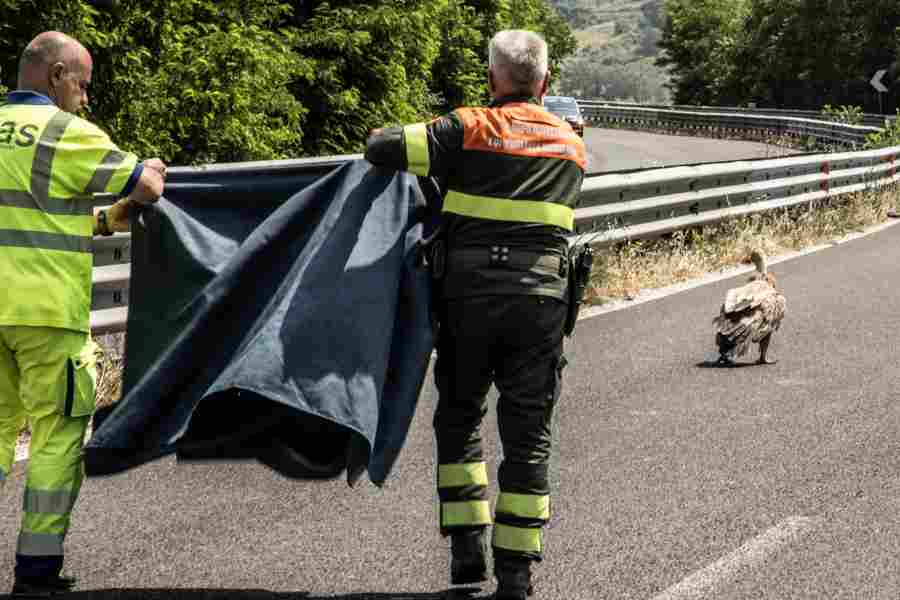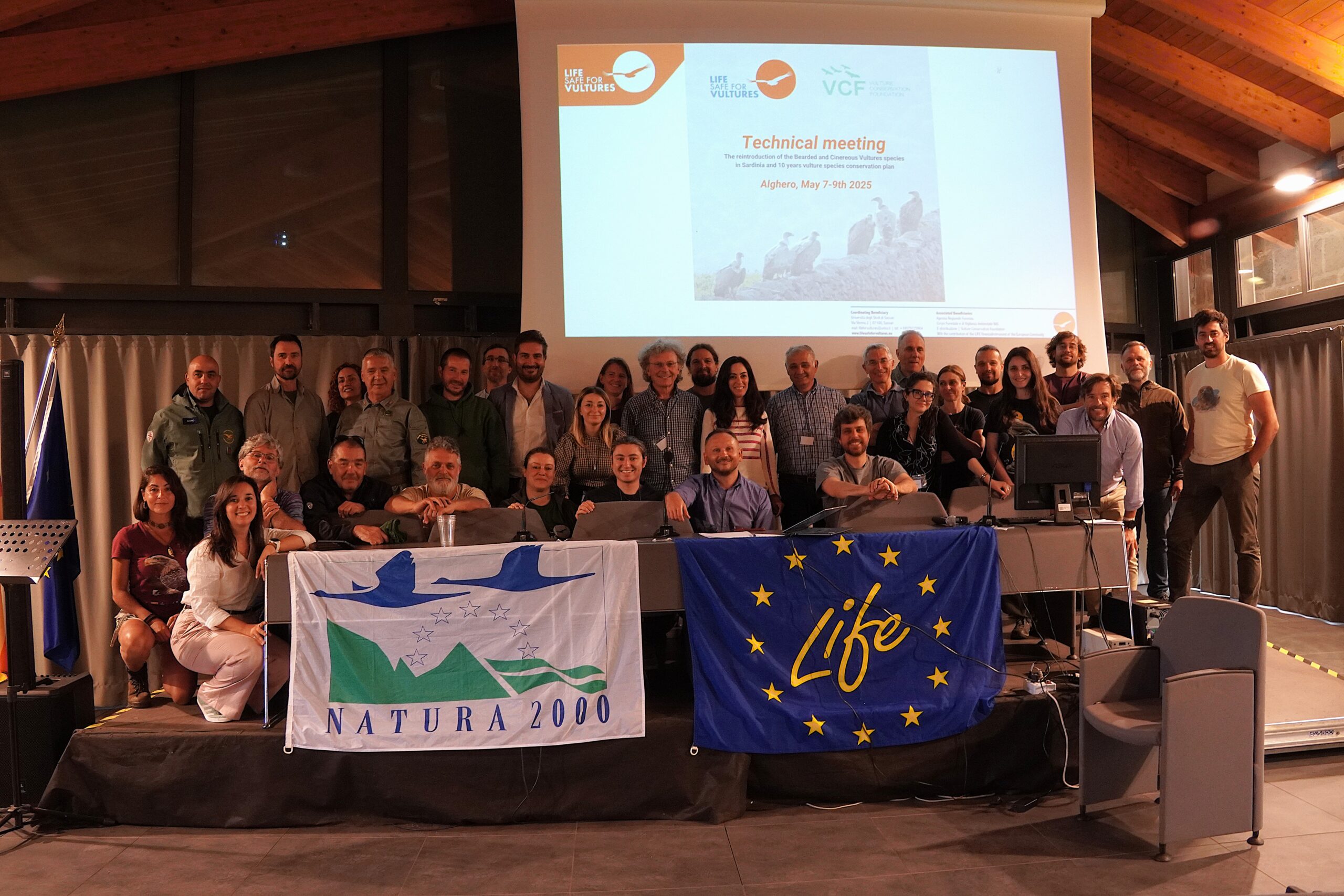A survey conducted in Andalusia (southern Spain) indicates that the wintering presence of Griffon Vultures has grown over the last 15 years.

Andalusia, the land of vultures
The Griffon Vulture (Gyps fulvus) is Europe’s most abundant species among obligate scavengers. Its home range spans from the Western Iberian Peninsula to the Himalayas in the East. Spain is home to 75 percent of the world’s population of Griffon Vultures and 90 percent of all Griffon Vultures in Europe, with around 31,000 breeding pairs, of which more than 4,000 breed in Andalusia, on the southern limit of this distribution.
During January 2022, the local government of Andalusia promoted monitoring of the wintering population with the main objective of describing the population size and trend to develop conservation strategies if necessary. Nearly 200 observers from the administration, NGOs and volunteers simultaneously monitored all known places where the species is concentrated in Andalusia (breeding colonies, roosts, feeding stations, game estates and farms).
A 20% increase in 10 years
A total of 17,730 vultures were counted, with an equal distribution between the Sierra Morena mountain range in the north and the Sierras Beticas mountain range in the south, but it was more abundant in the Cadiz mountain ranges (south of the region), which concentrates the most breeding population of Andalusia (Fig. 1). More than 75% of the winter population is distributed within a protected area of the Natura 2000 Network.

The wintering population has increased by 20% compared to ten years ago, when nearly 15,000 vultures were estimated (Fig. 2). The increase in winter numbers (+1,3% annual increase since 2008) is in line with the increase in the Andalusian breeding population (30% higher in practically the same period) (+4% annual increase since 1979).

Non-adult vultures constituted 51% of the population, similar to previous wintering seasons. They were concentrated especially in Sierra Morena, where there is a high food availability from livestock and remains from game carcasses. Adult birds were concentrated around breeding colonies.
Wintering ground for European vultures
Considering that the breeding population of Griffon vultures in Andalusia during winter is estimated at 12,000 vultures (including breeding adults, subadults and juveniles) Andalusia serves as a wintering ground for around 6,000 non-adult vultures from other regions of Spain and Europe, accounting for over 33% of the resident population. This has been confirmed through the identification of vultures’ rings and wing tags, indicating their origins from Spain, Portugal, France, and even Bulgaria.
Andalusia also serves as a refuge and feeding area for nearly 9,000 vultures that migrate to Africa each year; it plays a crucial role in the conservation of breeding population. The increase in the wintering population aligns with the upward trend of the breeding population, not only in Andalusia but also throughout Spain.
Safe area
Andalusia is an important wintering reserve for young Griffon vultures from Europe, as well as for the vultures that cross the Strait of Gibraltar to Africa in autumn and the population that breeds in Andalusia. The spectacular growth of Iberian populations in recent decades is the main driver of the increase in the number of vultures wintering in Andalusia and crossing the Strait of Gibraltar. There is no problem with food availability for local and migrant vultures in the Andalusian countryside.
Deaths resulting from poisoning and collisions with wind turbines, the main sources of non-natural mortality, only have a localized impact. The Junta de Andalucia’s efforts to combat poisoned baits have been instrumental in minimizing the significance of poisoning incidents. Overall, these findings confirm that Andalusia and its environmental administration are essential for the conservation of Griffon Vultures at a continental level.
About the authors
Jose Rafael Garrido is currently the Coordinator of the Epidemiological Control and Wildlife Monitoring Programme and the Action Plan for the Spanish Imperial Eagle at the Junta de Andalucía and a member of the IUCN-SSC and VSG. He is an expert in monitoring populations of endangered species and in the diagnosis and minimization of their threats, especially in the case of reducing bird mortality due to power lines. His experience covers the monitoring and conservation of vultures, especially Griffon and Rüppell’s vultures, in Spain and North Africa.
Source: Matías de las Heras y Jose Rafael Garrido 2023. Programa de Emergencias, Control Epidemiológico y Seguimiento de Fauna Silvestre de Andalucía. Seguimiento de Aves Terrestres Amenazadas de Andalucía. Invernada de 2021/2022. Informe Regional.
Consejería de Sostenibilidad, Medio Ambiente y Economía Azul. Junta de Andalucía.
The information in this article was presented at the European Vulture Conference 2023, held from 14 to 17 November in Cáceres, Spain. The event brought together vulture conservationists, researchers, and enthusiasts from around the world to exchange insights, foster collaborations, and explore the latest advances in vulture conservation. Stay tuned as we continue to share more presentations from the conference.
You can now access the recordings of the European Vulture Conference 2023 presentation online.



